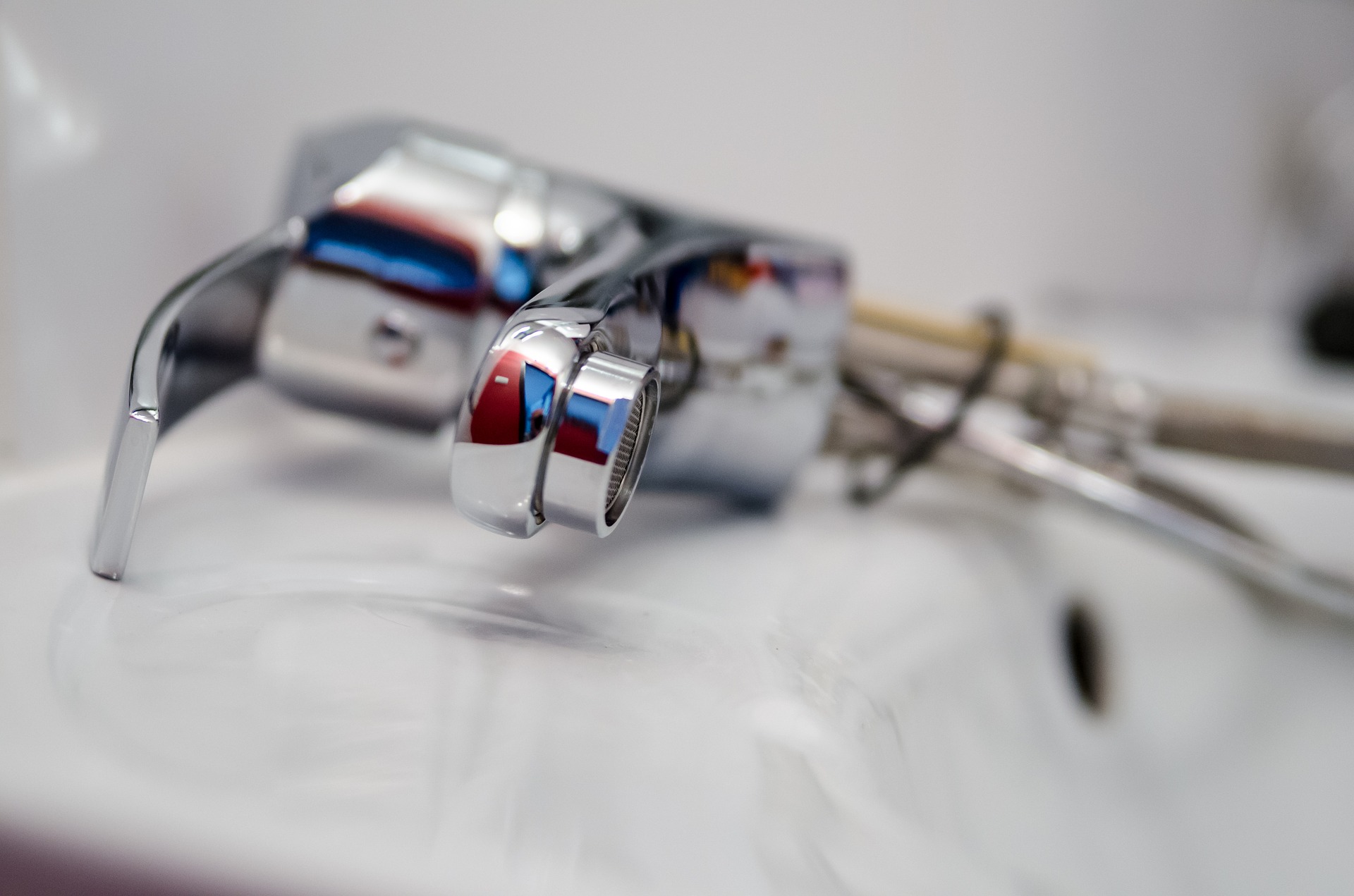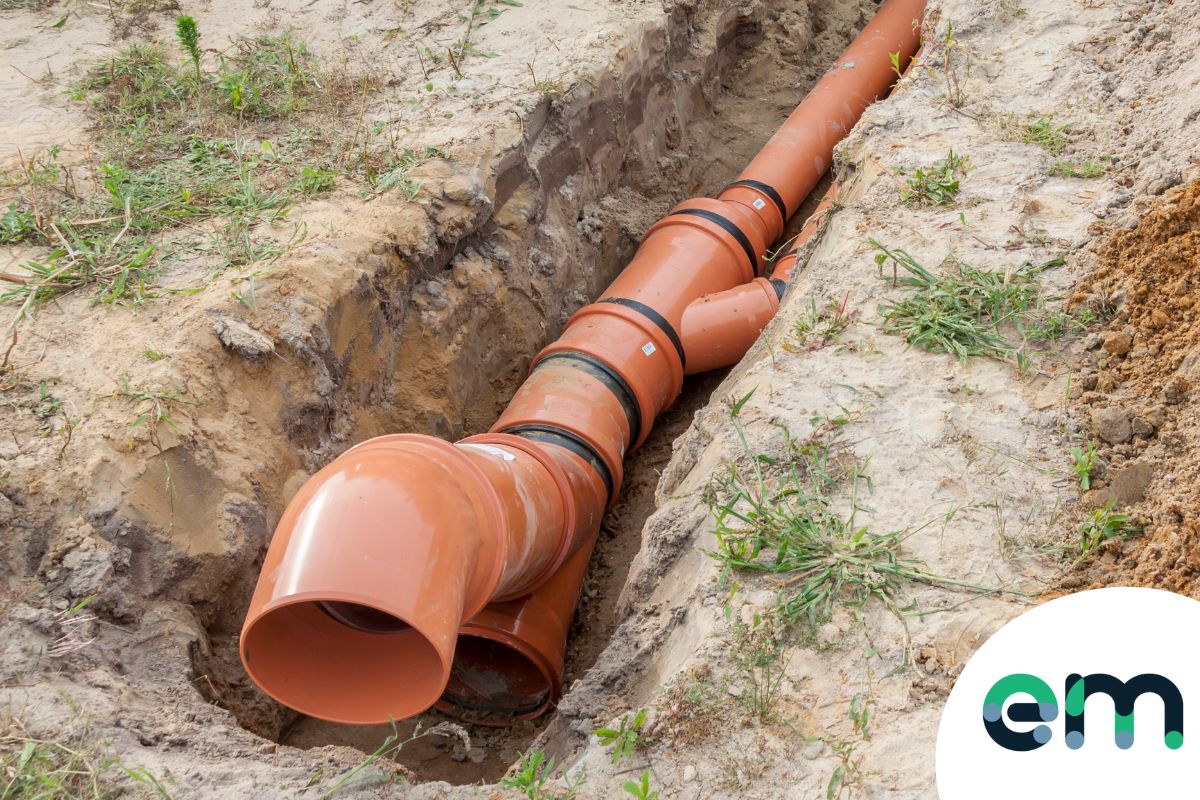The article author is making several great points relating to How Does the Plumbing Work in Your Home? in general in this post following next.

Plumbing is an essential facet of any kind of home, in charge of providing tidy water for alcohol consumption, cooking, and bathing, in addition to removing wastewater securely. Recognizing the essentials of home plumbing is crucial for every single home owner to make certain correct maintenance, troubleshooting, and, if required, repairs. In this newbie's overview, we'll cover the essential concepts of home plumbing to help you come to be a lot more aware of exactly how it works.
Supply Of Water System
The water supply system brings tidy water into your home from a municipal water resource or a personal well. It consists of a major water line that connects to your home's plumbing system, usually situated underground. A water meter determines the amount of water eaten, while a shut-off valve permits you to manage the flow of water into your home.
Plumbing Components
Plumbing fixtures are devices that provide water to various parts of your home and consist of sinks, taps, bathrooms, showers, tubs, and devices such as dishwashing machines and cleaning makers. Each fixture is linked to the supply of water system using pipes and fittings and might have its shut-off shutoff for upkeep or emergencies.
Water Furnace
The water heating system is accountable for home heating water for residential use, including showering, food preparation, and cleansing. Typical kinds of water heaters consist of tank-type hot water heater, tankless (on-demand) water heaters, and heatpump hot water heater. The hot water heater is linked to the water system system and delivers warm water to plumbing fixtures as required.
Drain System
The drainage system gets rid of wastewater from your home and lugs it away to a sewer therapy facility or septic tank. It includes a network of pipelines, fittings, and fixtures that carry wastewater from plumbing fixtures to the major drain line or septic system. Correct drain is essential to prevent blockages, backups, and sewage leakages.
Ventilation System
The ventilation system helps keep appropriate air pressure and protect against drain gases from entering your home. Air vent pipelines, likewise called air vent stacks, extend from plumbing fixtures to the roofing, enabling drain gases to run away securely outdoors. Air flow pipelines also permit air to get in the water drainage system, facilitating smooth wastewater flow and avoiding suction or vacuum impacts.
Typical Plumbing Tools
Having the right devices accessible is important for carrying out fundamental plumbing repair work and maintenance tasks. Common plumbing tools consist of flexible wrenches, monkey wrench, pliers, pipeline cutters, hacksaws, plungers, augers (or drain snakes), and Teflon tape. Having these tools conveniently offered can assist you deal with small plumbing concerns successfully.
Fundamental Plumbing Repair Services
While some plumbing repair services may require professional help, lots of common issues can be resolved with standard DIY techniques. Learning just how to take care of a leaky faucet, unblock a drainpipe, replace a bathroom flapper, or repair a trickling showerhead can conserve you money and time on plumbing fixings.
Conclusion
Recognizing the basics of home plumbing is important for every property owner to keep a secure, functional, and effective plumbing system. By acquainting on your own with the water supply system, plumbing components, water drainage system, ventilation system, common plumbing devices, and fundamental fixings, you can with confidence address small plumbing problems and ensure your home's plumbing system operates smoothly.
Plumbing for Beginners: A Comprehensive Guide
If you’re a beginner when it comes to plumbing, don’t worry; you’re not alone. Plumbing may seem intimidating, but with the right knowledge and a little practice, you can handle many common plumbing issues on your own. In this comprehensive guide, we will demystify the world of plumbing for beginners, providing you with the basic knowledge and skills needed to tackle common plumbing problems and even take on some DIY plumbing projects.
The Importance of Basic Plumbing Knowledge for Beginners:
First and foremost, basic plumbing knowledge gives you a solid foundation. It helps you grasp the key concepts and terminology that are essential in this field. By learning the basics, you’ll be able to build upon that knowledge and tackle more complex plumbing tasks in the future.
Having a basic understanding of plumbing also enables you to handle common issues that may arise in your home. Picture this: a leaky faucet or a clogged drain. With some basic plumbing knowledge, you’ll have the confidence to troubleshoot and fix these problems on your own. It saves you from unnecessary expenses and the hassle of waiting for a professional to arrive.
As a beginner, learning the basics of plumbing empowers you to take care of your own home. It gives you a sense of independence and self-reliance. You’ll no longer have to rely solely on professionals for every small issue that pops up. Instead, you can handle many tasks yourself, saving time and money in the process.
Remember, everyone starts as a beginner. Embrace the learning process and take small steps to expand your plumbing knowledge. There are plenty of online resources, tutorials, and even local workshops that talk about plumbing for beginners.
Essential Tools for Plumbing for Beginners
As you start your plumbing journey, having the right tools in your toolbox is crucial. Let’s explore some of the must-have tools:
Adjustable Wrench:
This versatile tool is a staple in any plumber’s toolbox. It allows you to tighten or loosen nuts and bolts of various sizes. Make sure to have an adjustable wrench with a comfortable grip.
Pipe Wrench:
A pipe wrench is specifically designed for gripping and turning pipes. It has serrated jaws that provide a strong grip, making it easier to loosen or tighten threaded pipes and fittings.
Plunger:
The plunger is a simple yet effective tool for clearing clogged drains and toilets. It creates suction when you push and pull, helping to dislodge blockages. Keep a good-quality plunger handy for those unexpected clogs.
Pipe Cutter:
When it comes to cutting pipes, a pipe cutter is your go-to tool. It creates clean, precise cuts without damaging the pipe. Look for a pipe cutter that can handle the pipe sizes you’re working with.
Hacksaw:
A hacksaw is useful for cutting through pipes, screws, and other materials. It’s a versatile tool that can handle different cutting tasks. Remember to use a blade suitable for cutting metal.
Tape Measure:
Accurate measurements are crucial in plumbing. A tape measure allows you to measure pipe lengths, distances, and dimensions accurately. Opt for a sturdy tape measure that extends a good length.
Pliers:
Pliers come in handy for various tasks, such as gripping, bending, and cutting. Slip-joint pliers with adjustable jaws are great for gripping pipes, nuts, and bolts.

As a fervent person who reads about , I assumed sharing that excerpt was really useful. Remember to take the opportunity to share this blog posting if you enjoyed it. Many thanks for being here. Revisit us soon.
Click Here